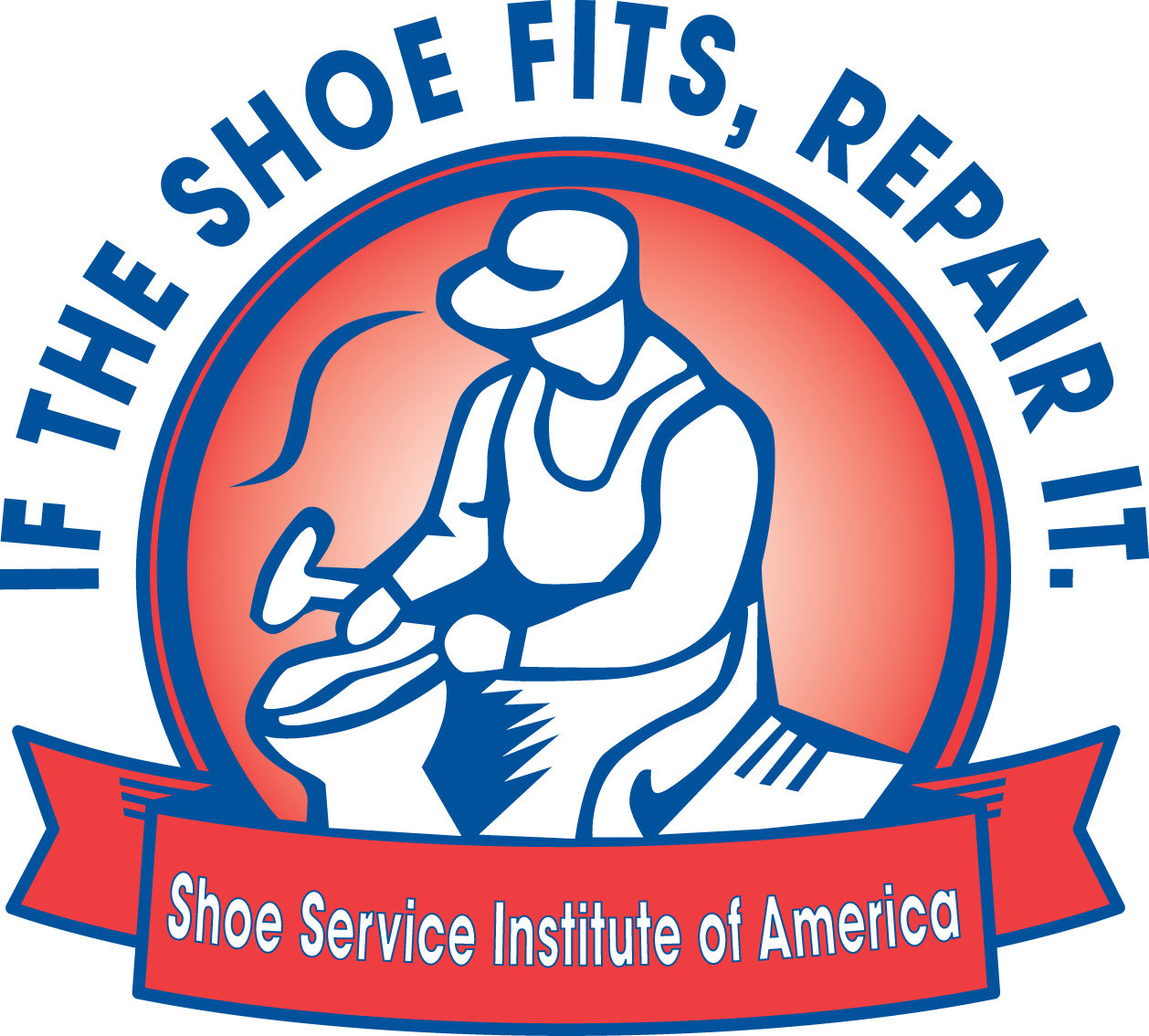The 10 Points of Proper Shoe Fit
Selecting a shoe that fits properly is critical. Yet 95 percent of consumers don’t wear shoes that fit properly. The reason? Fewer than 10 percent of shoe salespeople have even basic training in foot anatomy or shoe sizing.
Shoes that don’t fit can cause a variety of problems from blisters, corns and calluses, to foot, leg and back pain. Here are some tips on finding shoes that fit (from the National Shoe Retailers Association, the Pedorthic Footwear Association and the American Orthopedic Foot & Ankle Society).
- Sizes may vary among shoe brands and styles. Don’t select shoes by the size marked inside the shoe. Judge the shoe by how it fits on your foot.
- Select a shoe that conforms as nearly as possible to the shape of your foot.
- Have your feet measured regularly. The size of your feet changes as you grow older.
- Have both feet measured. Most people have one foot larger than the other. Fit to the largest foot.
- Fit at the end of the day when your feet are the largest.
- Stand during the fitting process and check that there is adequate space (3/8 to 1/2 inch) for your longest toe at the end of each shoe.
- Make sure the ball of your foot fits comfortably into the widest part of the shoe.
- Do not purchase shoes that feel too tight, expecting them to stretch to fit.
- Your heel should fit comfortably in the shoe with a minimum amount of slippage.
- Walk in the shoe to make sure it fits and feels right. Fashionable shoes can be comfortable.

